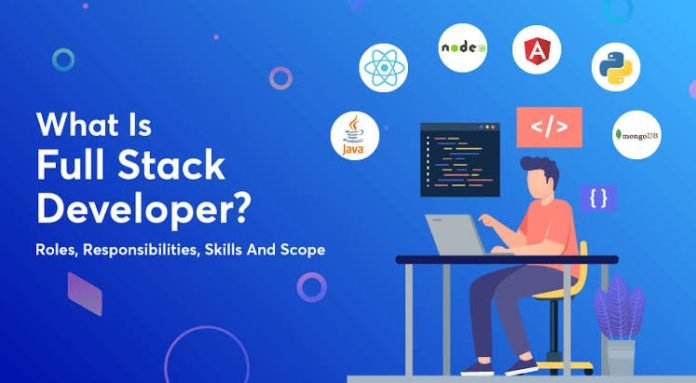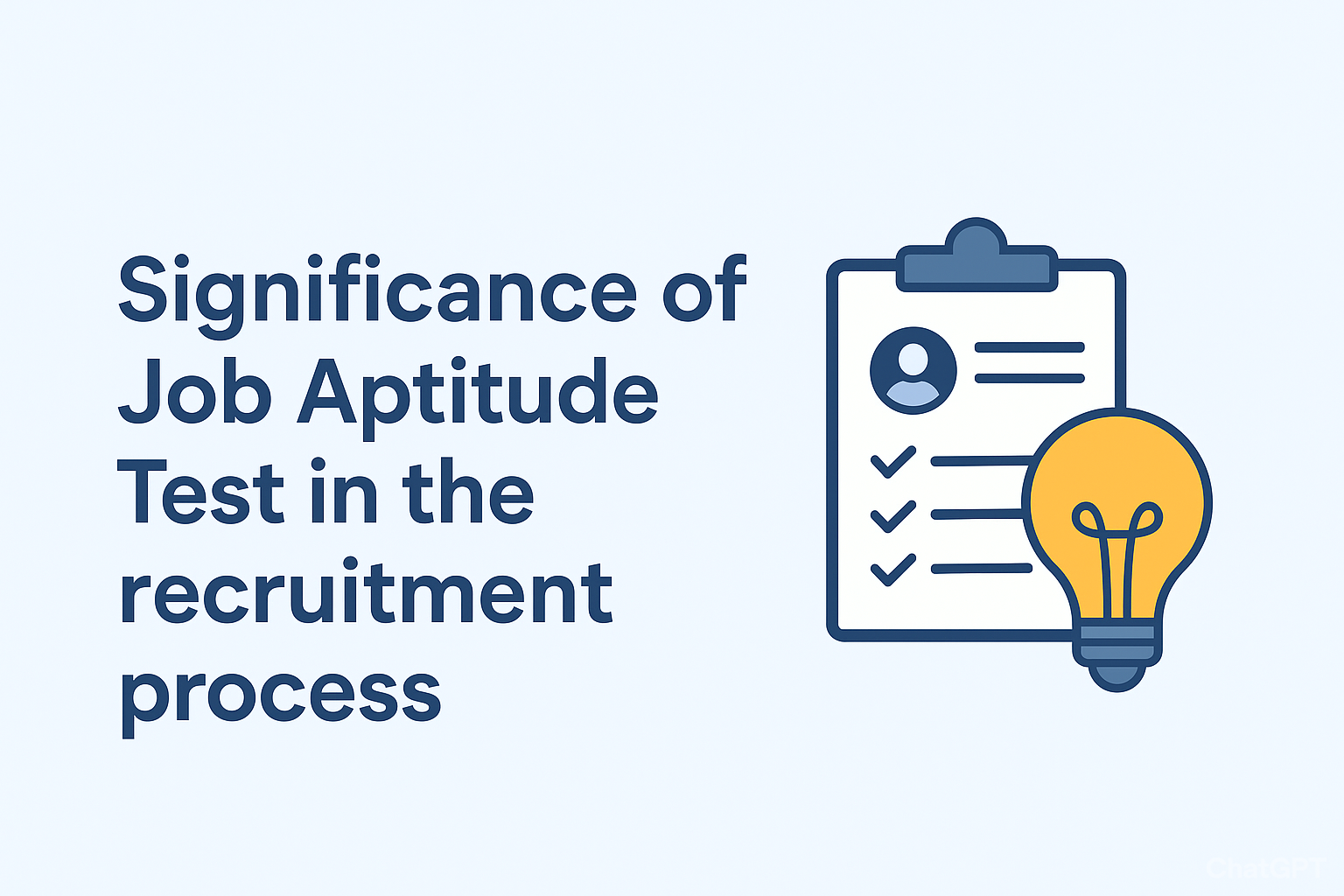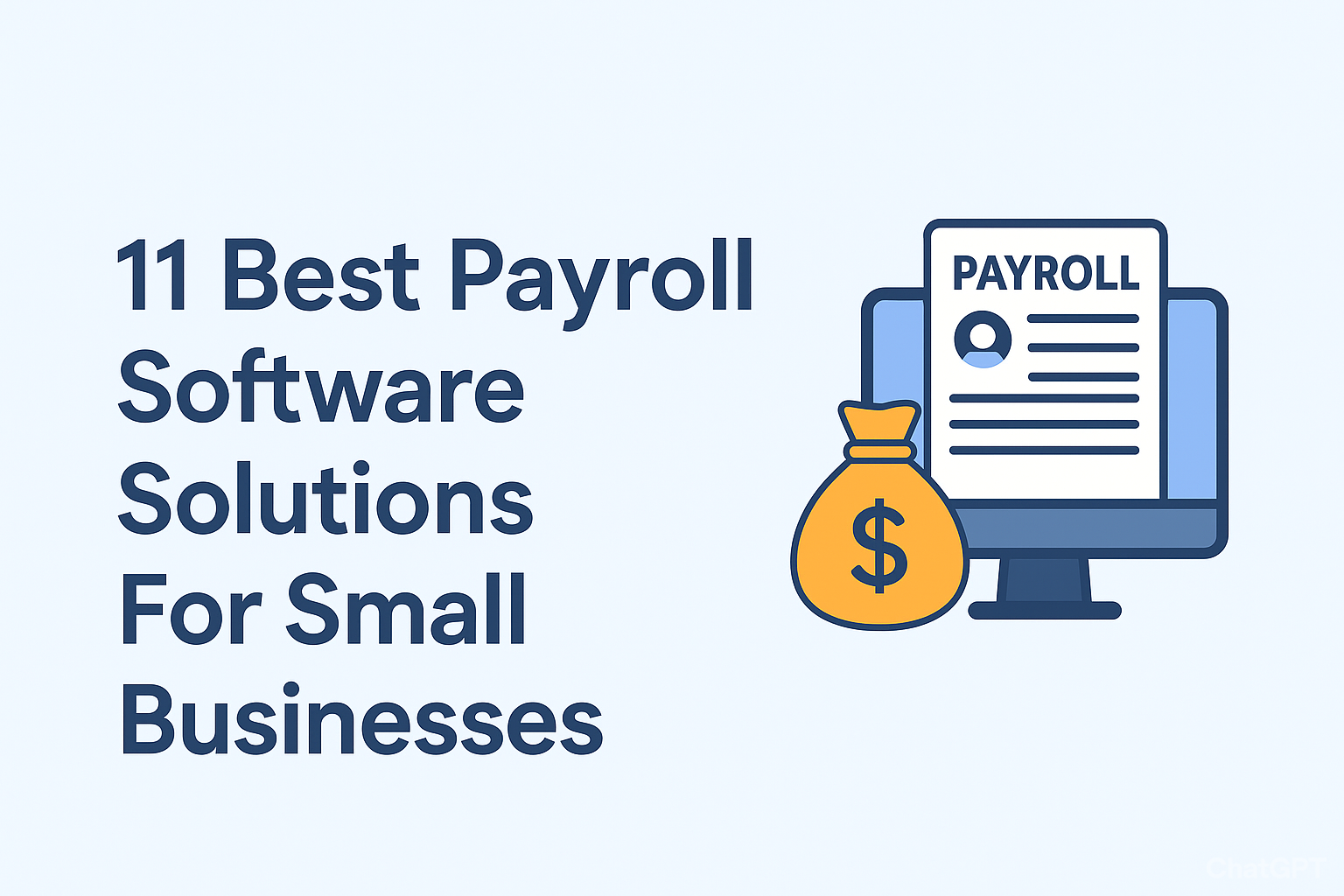Last Updated on July 11, 2024 by Asfa Rasheed
A full-stack developer is responsible for working on the frontend or client-side and the back-end (or server-side) of an application. When it comes to full-stack development, there is an application stack that the developers handle and work with the entire application stack end-to-end.
Now, we will consider the frontend application in detail:
The front end comprises the visual aspects of a website that users directly interact with. Regarding application’s frontend modules, developers need to be accustomed to several programming languages, including HTML, CSS, and JavaScript. In addition to understanding these core technologies, most businesses are looking for frameworks like React, Vue, and Angular that work with frontend modules. Enrolling in a full-stack development course can quickly learn to program so you should must enroll in Full Stack Developer Course.
The frontend developer is responsible for implementing the structure, layout, behavior, and entire content displayed on the browser screen when you open a website, web app, or mobile app. Performance and responsiveness are the two primary goals of frontend developers. In addition, developers must ensure that the site responds to all requests, displays correctly on various devices of all sizes and that no part of the website should behave unevenly, regardless of the screen size.
Table of Contents
Use of Front-End Development
- Front-end development provides a well-structured view of the display elements.
- Helps to divide the page into different sections and reuse the sections whenever possible.
- Use boilerplate code to speed up the development process.
- Provides a standard look and feel for the user interface.
- It helps to keep the code efficient.
Back-End Applications:
The back-end comprises the server side of the website and helps save and organize the data to ensure everything works properly on the client side of the website. Usually, the back-end of the application modules is programmed in Java programming language. Developing a back-end module requires extensive knowledge in core Java, including REST, Servlets, JSON API, Async, and Server Events. Typically, the user indirectly interacts with and accesses the parts and features developed by the back-end designers through the application’s front end.
Use of Back-End Development
- Quicker development process and shorter time to market.
- Helps develop perfect and excellent apps.
- Clone the app and run the test environment.
- Provides comprehensive security.
One can quickly become a developer with a full stack development course.
Full Stack Development Guide
When you are just beginning your programming journey, you may spend more time searching for what to learn than actually learning something. Moreover, there’s a lot to learn about full-stack web development, which can be a bit overwhelming and intimidating.
It is impossible to learn everything at once, just as becoming an expert in everything. Always remember that it will take some time to become a full-stack developer, even with the best full-stack course. Also, finding a learning schedule and routine that suits you and works for you may take some trial and error.
The key to success in becoming a full-stack developer is staying consistent and overcoming procrastination. It is recommended to plan and set aside some time each day, whether it’s a half-hour or an hour. An hour a day is much better than no schedule at all. Also, don’t forget to rest and get away from the screen, so you don’t burn yourself.
Role and Responsibilities as a Full Stack Developer:
Usually, full-stack developers need to work on large-scale application development as the only employee without relying on other programmers in the team. Moreover, developing a large-scale application from scratch requires prior knowledge to develop the app from scratch.
While full-stack developers have their own set of requirements for different organizations, here are some of the most important tasks a developer must perform:
- Develop an interactive user interface using a variety of frontend programming languages.
- Frontend developers must be able to design a robust back-end architecture using different technologies to retrieve data from the server.
- Devise various strategies for continuous improvement, performance optimization, stability, and scalability.
- Full-stack developers are also responsible for designing the user experience, interactiveness, responsiveness, and complete user architecture.
- They work with databases, version control systems, servers, APIs, and third-party applications.
- They are also responsible for providing feedback on continuous improvement and adding or removing features as required by the business.
- Managing the development team and communicating well with them to improve the product roadmap/performance.
- Leading a developer team, designers, and network administrators to ensure digital outcomes align with the business goals.
- Comprehensive documentation of the implementation of the application and the final product using appropriate cloud services or similar methods.
- Transforming business requirements into finished products from conceptualization to implementation.
The specific roles and responsibilities of the full-time developers are mentioned above. Moreover, from the responsibilities list, it is clear that there are several positions to explore in a professional career. And, different skills gained from a full-stack course will help you find different positions with the best salary structures.
If you are looking forward to making it your career, it is essential to learn its intricacies.
Since the front and back ends are entirely different, they require various tools and techniques to work correctly. The skills are as follows:
- Programming languages such as HTML, JavaScript, and CSS are required for front-end development.
- Different APIs like REST and SOAP, as well as protocols like HTTP.
- Several back-end programming languages like Python, PHP, and Ruby.
- Graphic designing and visual communication skills.
- Nginx or Apache server.
Conclusion
We hope you found this article helpful and now better understand what full-stack development entails. In this write-up, we reviewed what comprises full-stack development and also suggested a learning path to get you started with the full-stack development journey. At Hero Vired, we offer a comprehensive full-stack course that is practical, up-to-date, and taught by active professionals from large organizations. In addition, we also help out future software developers with internships and job assistance.
Read More: How to buy a trolley online through material handling equipment store?



























